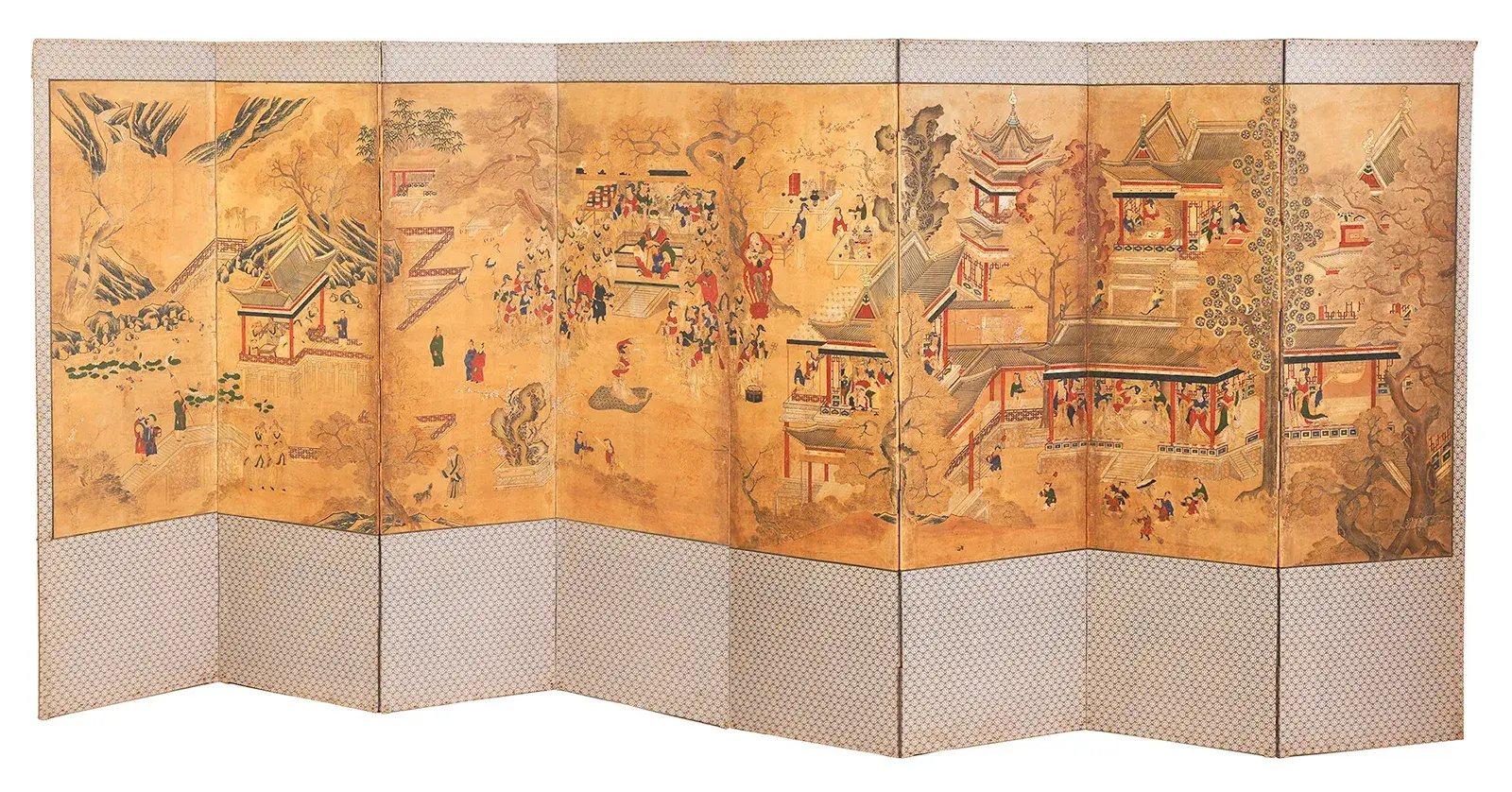2023 Frieze Seoul: Full of Attractions, Seoul Shows Potential as Asian Art Market Hub
Frieze Seoul, which promoted Seoul as a venue for art festivals and as an art city, has ended. I walked along the path made by the artists and the works. My eyes felt pleasant. My heart was full. The world was good. Frieze Seoul, now in its second year, showed Seoul’s potential as an Asian art hub.

In the first half of this year, the Korean art market stagnated. Trading performance in the art auction market plunged to 56 percent compared to the previous year. The winning bid rate was only 52 percent. There were also voices of concern ahead of the 2023 Frieze Seoul show. Of course, it wasn’t just for Korea. Since the global art market has stagnated, the overall level of sold works, including ultra-high-priced works by masters, was expected to shrink from last year.
When Frieze Seoul opened, this worry proved to be unnecessary. The Korean art market has heated up with Frieze. You can call it the “Frieze effect.” Autumn is the season of art, and various exhibitions and projects like Seoul Art Week have created a huge art edition with Frieze. Collectors and art officials from all over the world flocked to various art events. Exhibitions, parties, visits to artists’ studios, and performances outside the two art fairs showed the dynamics and energy of Seoul. The entire city, centered on Frieze, has become a venue for art festivals.
It was noticeable that Frieze Seoul has changed significantly from last year. The excessive focus on a small number of well-selling artists has decreased. The selection of artists and works by participating galleries has become wide and diverse. From the old masters to the works of new artists, they were not concentrated on a specific group of artists. Various media and works provided visitors with abundant attractions. It may be less colorful than last year, but it was fruitful and rich.

Of course, there were also high-value artists such as Anish Kapoor, George Condo, David Hockney, Yayoi Kusama, Ufan Lee, Youngkuk Yoo, Hyong-Keun Yun, and Seo Bo Park. In the Frieze Masters section, which collects masterpieces, drawings and watercolors by modern masters such as Marc Chagall, Paul Cézanne, Auguste Renoir, and Egon Schiele received a lot of attention. Wouldn’t the fact that one encounters a work of art that can only be found in an overseas art museum make fans’ hearts beat faster?
Visitors were given the opportunity to discover modern and contemporary artists and works that have not been well known, not only by masters. It was a good virtue. A representative example is Wolryong Byeon (Russian name: Пен Варлен), introduced by Hakgojae Gallery. He lived as a Korean in Russia, worked as a painter, and briefly worked as a professor at an art college in North Korea. For that reason, it was not easy to see his work in Korea, but his work was now available in Seoul. I thought it was a gift that the art fair could give.
Gallery Hyundai exclusively presented work by abstract artist Seundja Rhee. The gallery intended to shed new light on her unique work. She was relatively less illuminated than other artists who were active at the same time, but she seems to be re-evaluated after her work sold for high prices at Christie’s Hong Kong and various Korean auctions. Art lover RM, a member of BTS, also drew attention by posting Seundja Rhee’s work on social media.

Public interest in young artists was also high at Kiaf Seoul and Frieze Seoul. A large number of artists and works that stand out for their unique interpretation of various materials were submitted. In particular, media art and conceptual artworks were submitted to add diversity by aiming at exhibition and discourse formation rather than sales.
Last year, there was a big difference in the number of visitors and atmosphere between Kiaf and Frieze. Kiaf made a quick impression of chasing Frieze, and there were many visitors skipping Kiaf. However, this year, not only did the phenomenon partially ease, but the works of promising new and senior artists were also well received, and sales performance was reportedly higher than expected. In particular, Kiaf seemed to have put weight on “young diversity,” in a different route from last year. It seemed like the intention was to differentiate rather than pursue Frieze. This seems to prove that the atmosphere has changed, including through internal personnel adjustments.
Above all, Frieze’s performance seems clear. Various and rich exhibitions, including Seoul Art Week, were lined up around the global art fair. Seoul has become a satellite art fair and a venue for art festivals surrounding Frieze. This may have shown that Seoul’s dynamism and content are excellent as an Asian art market hub! I thought it would be good to fully look forward to the progress of K-art in the autumn wind of Seoul, which is colored with art.










